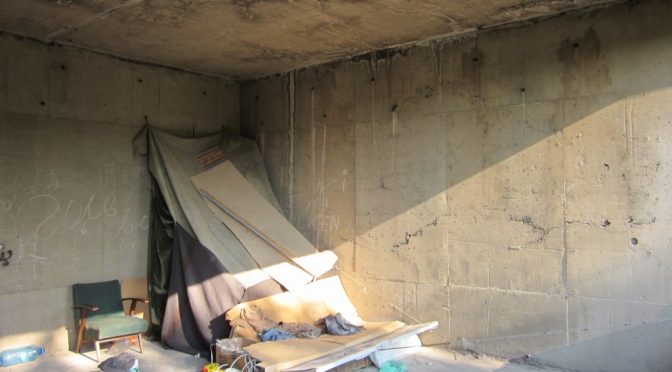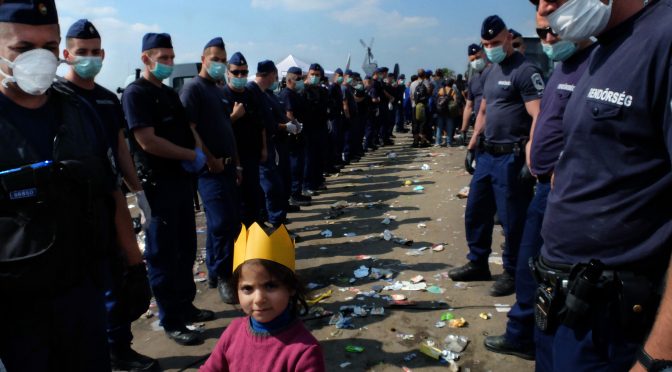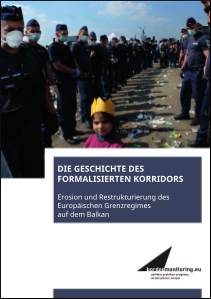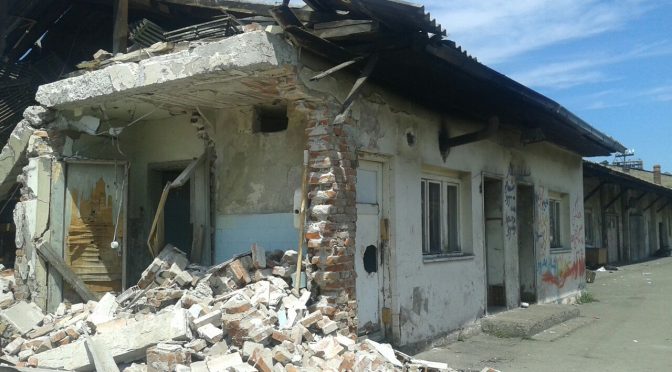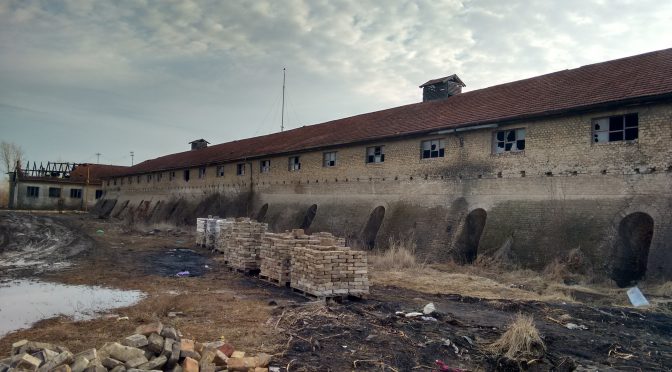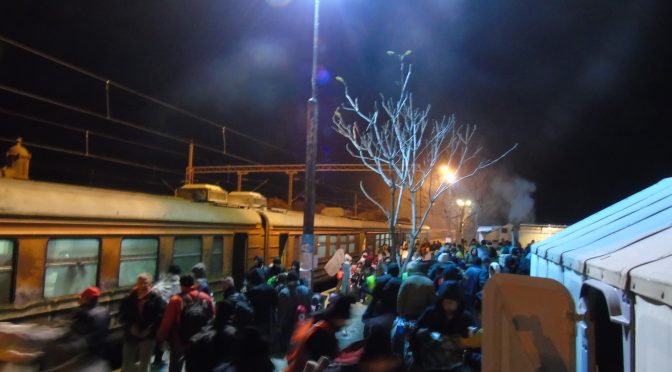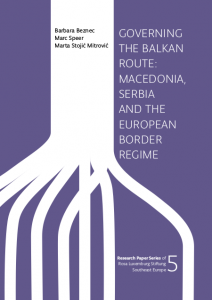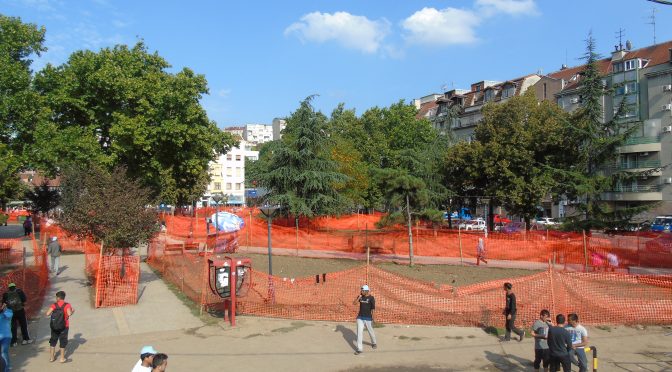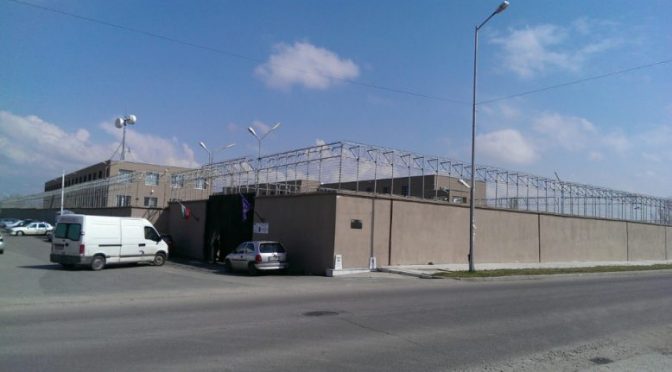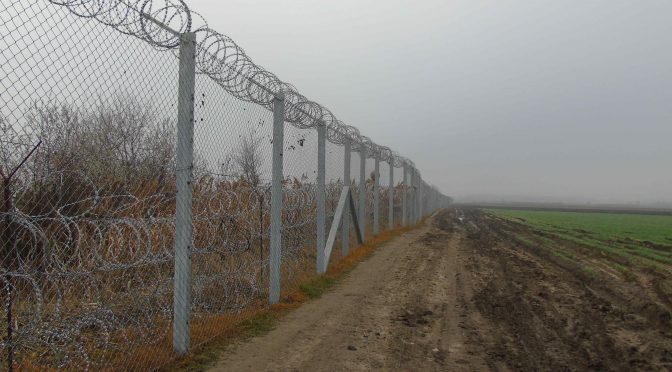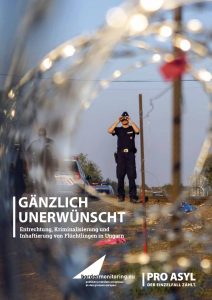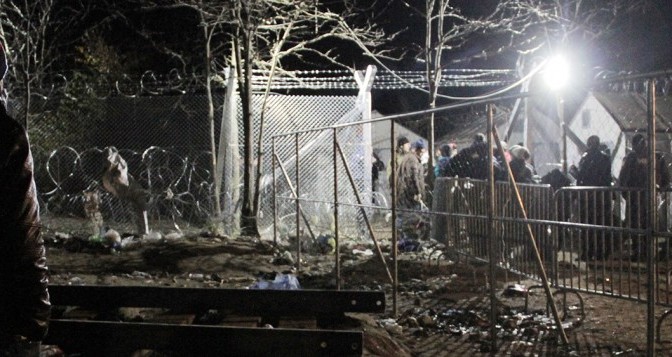Mit Beschluss vom 29. August 2017 hob das Bundesverfassungsgericht (BVerfG) zuvor ergangene Beschlüsse des VG Minden auf und wies diese zurück. Damit wurde die Abschiebung einer aus Syrien stammenden alleinerziehenden Mutter mit vier minderjährigen Kindern nach Bulgarien vorläufig untersagt. Das BVerfG äußert sich dabei nicht weiter dazu, ob Rückführungen nach Bulgarien grundsätzlich zulässig sind, sondern stellt fest:
Unabhängig davon, ob Abschiebungen nach Bulgarien unter den derzeitigen Bedingungen überhaupt zulässig sind und welche Vorgaben für die Rückführung anerkannt Schutzberechtigter gelten – über diese Fragen wird im vorliegenden Verfahren nicht entschieden-, ist angesichts der Bestimmungen der EU-Aufnahmerichtlinie für besonders schutzbedürftige Personen in Art. 21 ff., der Entscheidung des Bundesverfassungsgerichts vom 17. September 2014 (Beschluss der 3. Kammer des Zweiten Senats vom 17. September 2014 – 2 BvR 732/14 -, juris, Rn. 10 ff.) und der Tarakhel-Entscheidung des Europäischen Gerichtshofs für Menschenrechte (Entscheidung vom 4. November 2014 – 29217/12 -) eindeutig, dass den Belangen von Familien mit Kindern besonders Rechnung getragen werden muss. Mit diesem zentralen Vortrag setzt sich das Verwaltungsgericht in den angegriffenen Entscheidungen nicht auseinander […]. Im Anhörungsrügebeschluss setzt sich das Verwaltungsgericht lediglich mit der – kein Abschiebungsverbot begründenden – Krankheit der Beschwerdeführerin […] auseinander. Es hätte sich jedoch aufgedrängt, zu den Voraussetzungen Stellung zu nehmen, unter denen es einer alleinerziehenden Mutter mit vier Kindern, von denen das jüngste vier Jahre alt ist, in einer Flüchtlingen ablehnend gegenüber stehenden Umgebung zumutbar ist, zunächst auf der Straße zu leben. Hieran ändert auch die nur durch Einzelfälle einer erfolgreichen Wohnungssuche begründete Erwartung des Verwaltungsgerichts nichts, dass es nach einiger Zeit eine Möglichkeit für die Familie geben könnte, eine Wohnung zu finden.
Mathias Fiedler vom Projekt Bordermonitoring Bulgaria stellt hierzu fest: „Das BVerfG tut gut daran, die Entscheidungen des VG Minden zurückzuweisen. Aber nicht nur Familien, sondern auch alleinstehende Schutzberechtigte sind in Bulgarien massiv von Obdachlosigkeit bedroht und haben so gut wie keine Chance, sich in die Gesellschaft zu integrieren. Zwar hat die Regierung die formellen Voraussetzungen geschaffen, damit Gemeinden Integrationsvereinbarungen abschließen können, allerdings geschah dies in der Praxis bisher so gut wie nie“.
Weitergehende Informationen zu Bulgarien finden sich hier
